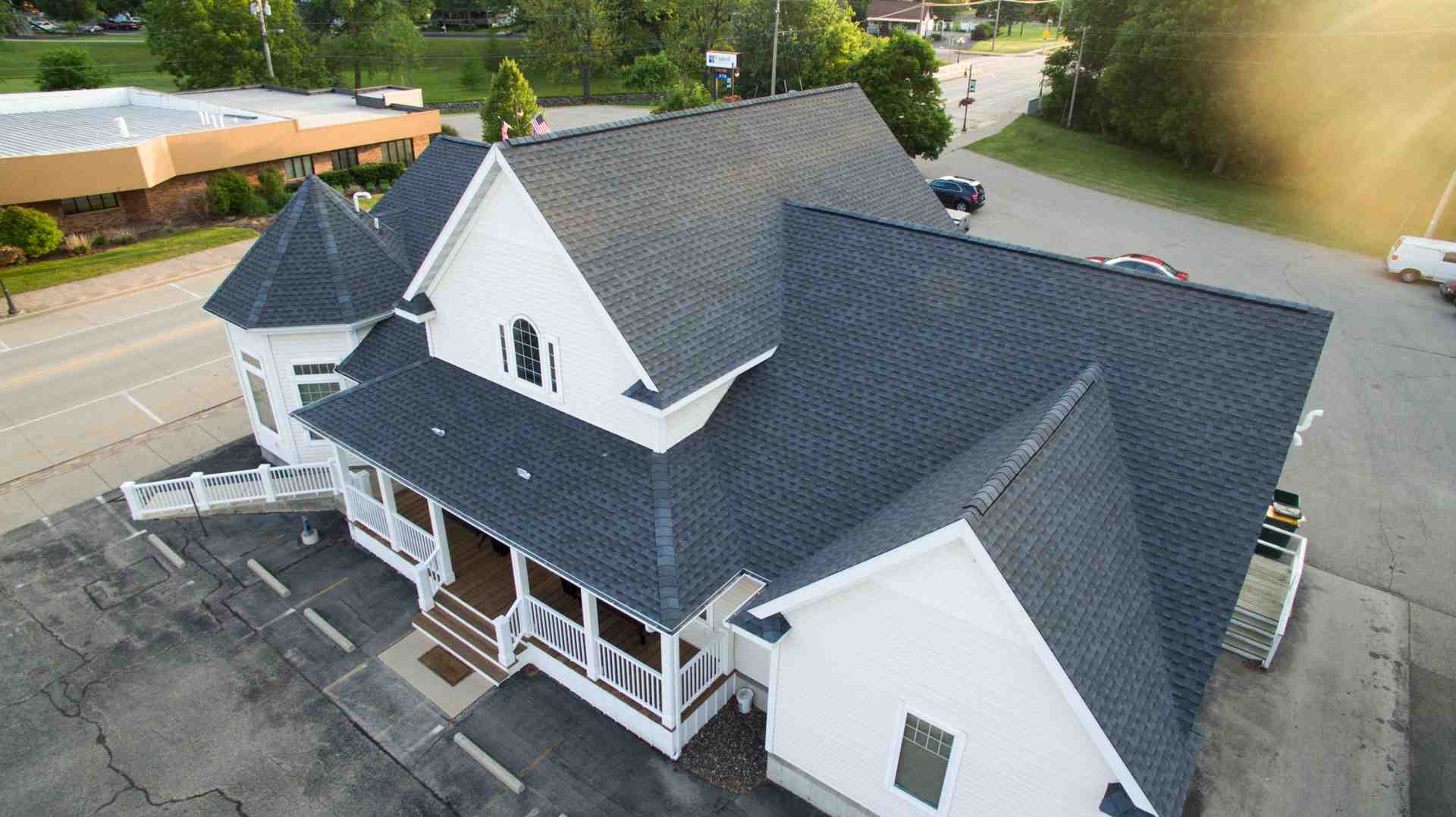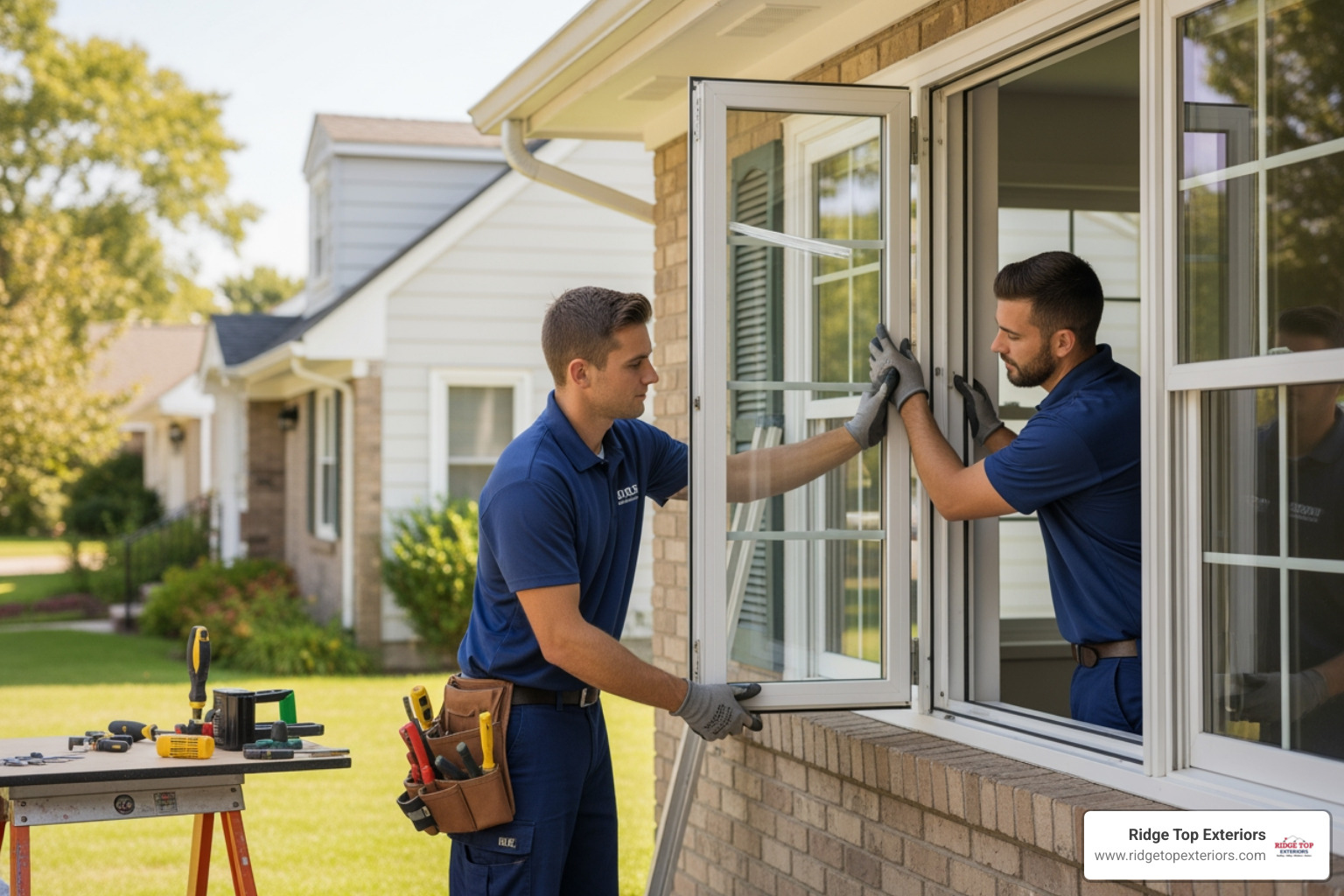Post-Storm Exterior Maintenance
Storms can wreak havoc on your home's exterior, causing damage that needs immediate attention to prevent further issues. At Ridge Top Exteriors, we understand the importance of timely and effective maintenance after a storm. Here are the best practices for maintaining your home's exterior after storm damage to keep your property in top condition and ensure long-term protection.
Initial Assessment
After a storm, the first step is to assess the damage. Here’s how to conduct a thorough inspection:
1. Safety First
Ensure that it’s safe to inspect your property. Look out for downed power lines, sharp debris, and unstable structures. If there are significant hazards, contact emergency services or a professional for assistance.
2. Roof Inspection
Check your roof for missing, cracked, or loose shingles. Pay special attention to the areas around chimneys, vents, and skylights, as these are prone to leaks. Look for signs of water damage in your attic or on your ceilings.
3. Siding and Gutters
Inspect your siding for cracks, dents, or missing panels. Check your gutters and downspouts for clogs, detachment, or damage that could impede water flow and lead to further problems.
4. Windows and Doors
Examine windows and doors for broken glass, damaged frames, or water infiltration. Ensure that seals and weatherstripping are intact to maintain energy efficiency and prevent leaks.
5. Exterior Structures
Don’t forget to inspect exterior structures such as fences, decks, and sheds. Look for loose boards, damaged railings, or other structural issues that may need repair.
Immediate Actions
Once you’ve identified the damage, take these immediate steps to prevent further issues:
1. Temporary Repairs
Use tarps to cover roof damage and prevent water infiltration. Board up broken windows and doors to secure your home from further weather exposure and potential intruders.
2. Clear Debris
Remove fallen branches, leaves, and other debris from your roof, gutters, and yard. This prevents clogs and additional damage to your home’s exterior.
3. Document Damage
Take photographs and detailed notes of all the damage. This documentation will be essential for insurance claims and when seeking professional repairs.
Professional Repairs and Maintenance
While temporary measures can provide immediate relief, professional repairs are crucial for long-term protection. Here’s what to consider:
1. Roofing Repairs
Hire a professional roofing contractor to assess and repair your roof. They can ensure that all damage is addressed and that your roof is restored to its full protective capacity.
2. Siding Replacement
If your siding is damaged, consider a full or partial replacement to maintain your home’s aesthetic appeal and structural integrity. Quality siding protects your home from the elements and enhances its curb appeal.
3. Gutter Maintenance
Professionals can clean, repair, or replace damaged gutters and downspouts. Properly functioning gutters are essential for directing water away from your home’s foundation.
4. Window and Door Repair
Ensure windows and doors are repaired or replaced to maintain security, energy efficiency, and weather resistance. Professionals can also check and replace seals and weatherstripping.
Preventive Measures
To protect your home from future storms, consider these preventive measures:
Conclusion
Maintaining your home’s exterior after storm damage is crucial for protecting your investment and ensuring the safety and comfort of your family. By following these best practices and working with professionals like Ridge Top Exteriors, you can restore your home and prevent future damage. Contact us today to learn more about our repair and maintenance services.




